Around ancient fires, people told stories about the sky tearing open – flames, thunder, and stones that fell like angry stars. Today, geologists and archaeologists are quietly revisiting those tales with lab tools and satellite eyes, asking a startling question: could cosmic impacts have nudged early societies toward cities, kings, and crops? The idea isn’t wild speculation; it’s a testable puzzle built from shocked minerals, mysterious glass, and scarred landscapes aligned with archaeological horizons. The debate is intense, the evidence uneven, and yet the pattern keeps resurfacing in the sediments and the myths. If the answer is even partly yes, it reframes how we think about the jolts that set human history in motion.
The Hidden Clues
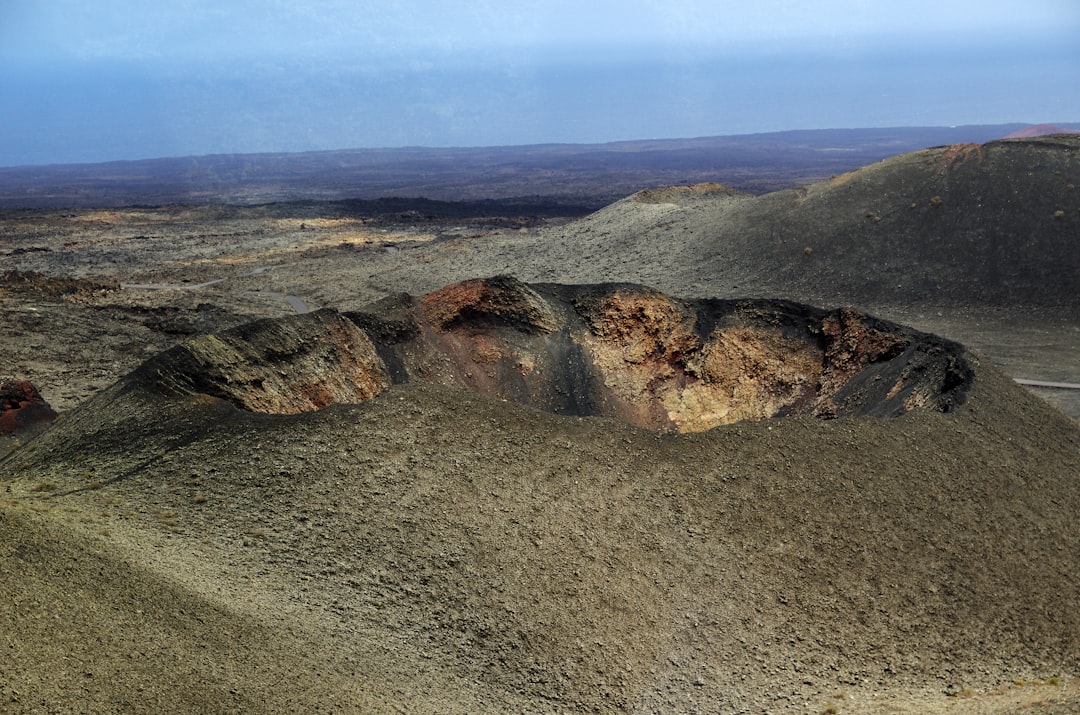
Start with the rocks. Impact events leave a forensic trail – shocked quartz with microscopic fractures, spherules rich in nickel and iron, and glassy shards born from sand melted in a flash. Archaeological sites sometimes sit beside these markers, as if villages and camps unwittingly chose neighborhoods shaped by ancient blasts. In the Near East and North Africa, pockets of desert glass and anomalous melt products appear in layers that also record abrupt environmental change. None of this is proof on its own, but it narrows the search to specific horizons and landscapes where sky and soil collided.
Investigations at places like Abu Hureyra on the Euphrates and ruined cities on the Jordan Valley have reported signatures consistent with airbursts or high-temperature events. The interpretations remain fiercely debated, because extraordinary claims demand multiple, independent lines of evidence. Yet the convergence of micro-debris, rapid heating indicators, and sudden cultural breaks is hard to ignore. Like footprints in wet clay, the clues don’t tell the whole story, but they show a direction worth following.
From Ancient Tools to Modern Science
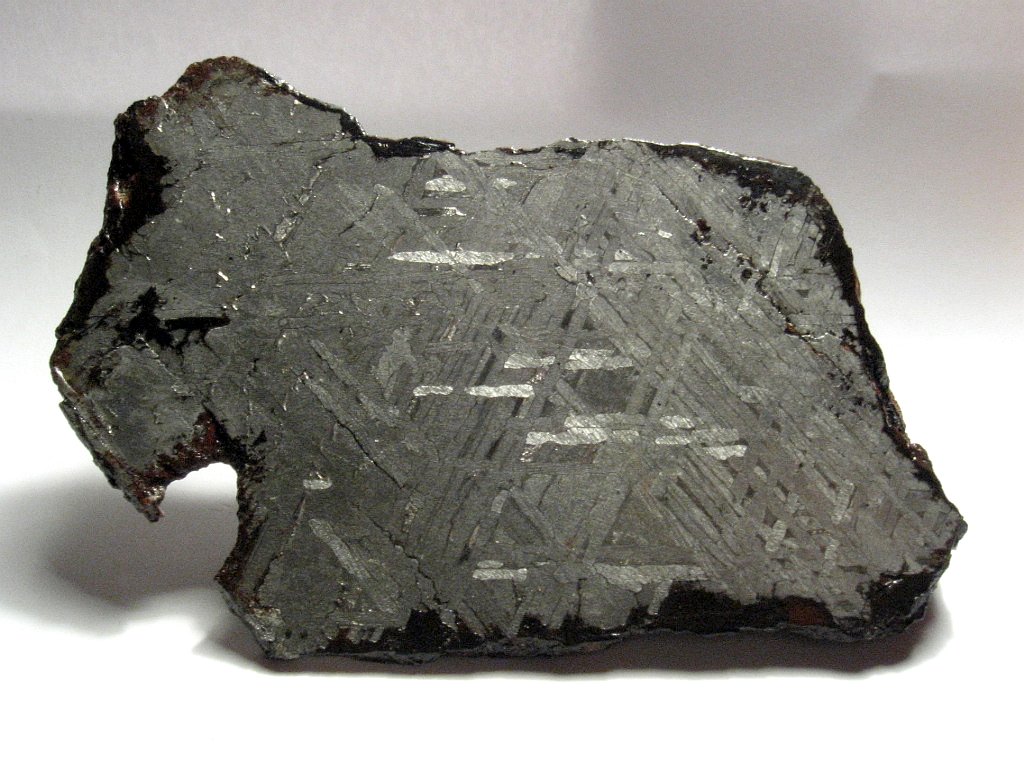
Long before smelters and furnaces, humans worked iron fallen from the sky. Meteoritic iron – already alloyed with nickel – was hammered into beads, blades, and ornaments that traveled through early trade routes. In Egypt and the Levant, objects made from meteor metal signaled status, curiosity, and perhaps a kind of cosmic prestige. Impact-formed glass, including desert glass from the Sahara, also found its way into jewelry and ceremonial items, proof that people not only noticed these materials but valued them.
Modern spectroscopy and scanning microscopes stitched this story together, matching chemical fingerprints to meteorite families and linking artifacts to cosmic origins. The science here is wonderfully down-to-earth: measure trace elements, compare isotopes, map microstructures. We learn, in other words, that skyfall wasn’t just a spectacle – it was a source of rare materials that influenced technology and taste. When the sky gives you metal, you make meaning with it.
Flashpoints in Deep Time

One hypothesis places a cosmic trigger near the start of the Younger Dryas, roughly twelve to thirteen millennia ago, when the Northern Hemisphere lurched back into cold. Some researchers argue that an airburst or small impact could have sparked widespread fires and atmospheric dust that reshaped climate for generations. Critics point to alternative mechanisms, from ocean circulation to volcanic activity, and the debate remains unresolved. Still, it’s striking that the period around this climatic whiplash overlaps with settlements experimenting more intensively with wild grains in the Fertile Crescent.
Far later, in the Bronze Age, studies of a destroyed city in the southern Levant have suggested an airburst event that scorched mudbrick and melted surfaces. Others dispute the cause, urging caution and more data. That back-and-forth is how science should work: claims sharpen, methods improve, and the timeline either holds or collapses. What lingers is the possibility that abrupt, regional catastrophes – whether cosmic or terrestrial – can nudge communities toward reinvention.
Cities on the Edge of Fire and Flood

Impacts don’t just burn; they can also heave oceans. Submerged craters and chevron dunes along some coasts hint at ancient tsunamis that would have rewritten shorelines in an afternoon. River civilizations – those clever, vulnerable masterpieces along the Nile, Tigris-Euphrates, and Indus – were especially exposed to sudden floods and windblown fires. Even a modest airburst over wetlands could flatten granaries, salt fields, and reeds used for boats and baskets. Recovery would take seasons; memory would last centuries.
Modern analogs help us grasp the scale. The Tunguska blast flattened forests without leaving a crater, while the Chelyabinsk airburst showered glass and rattled buildings across a sprawling city. Scale that up or move it a few miles, and you get a sense of how a single morning could redirect a society’s priorities – from expansion to survival. It’s not hard to imagine new leaders rising in the aftermath, new rules for storage, and new reverence for omens in the sky.
Myths, Memory, and the Sky
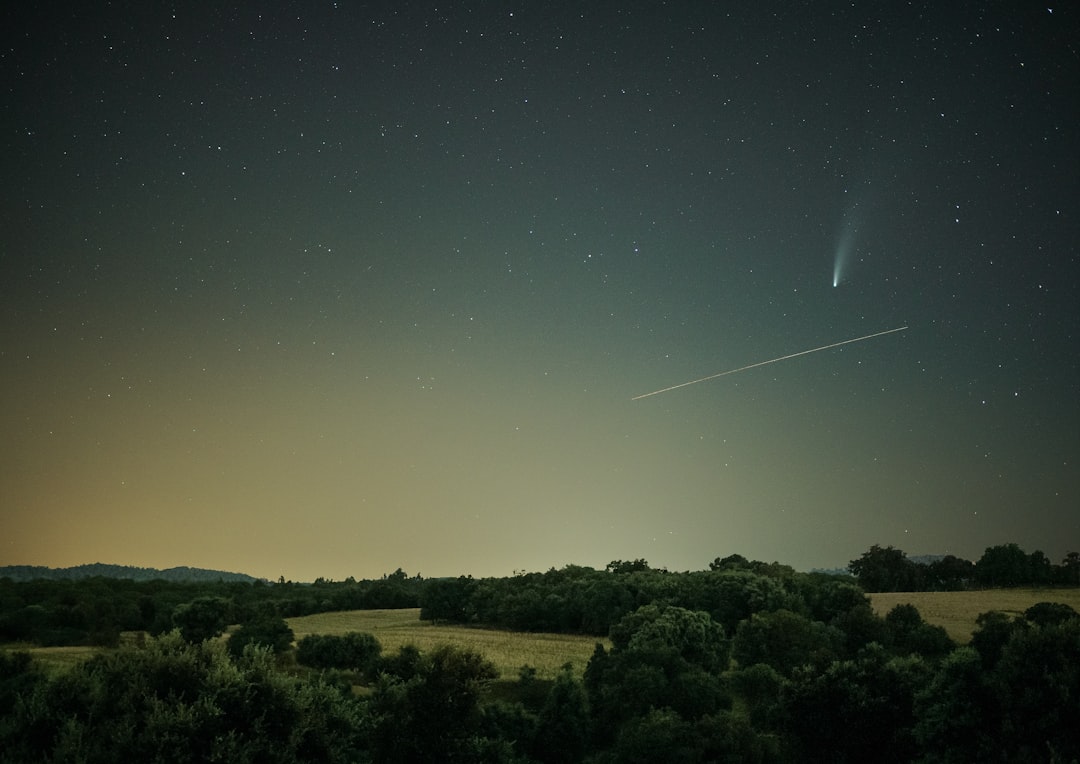
Oral traditions often bottle-feed history to the future, concentrating events into gripping tales. Stories of fire serpents, star stones, and sudden darkness echo across cultures, and while myth is not a lab report, it can guide the hunt for physical evidence. Ethnographers and astronomers increasingly compare sky lore with crater maps and glass fields, sometimes finding uncanny alignments. The method is delicate: symbolism stretches, and memory edits the past to suit the present.
Yet when mythic motifs cluster with geological fingerprints, the mosaic sharpens. People notice the sky because it governs calendars, crops, and kings; when it misbehaves, they remember. I’ve stood in desert landscapes where a shard of green impact glass catches the sun, and the thought is immediate and human: someone, long ago, must have marveled at this too. Curiosity is arguably our oldest inheritance.
Global Perspectives
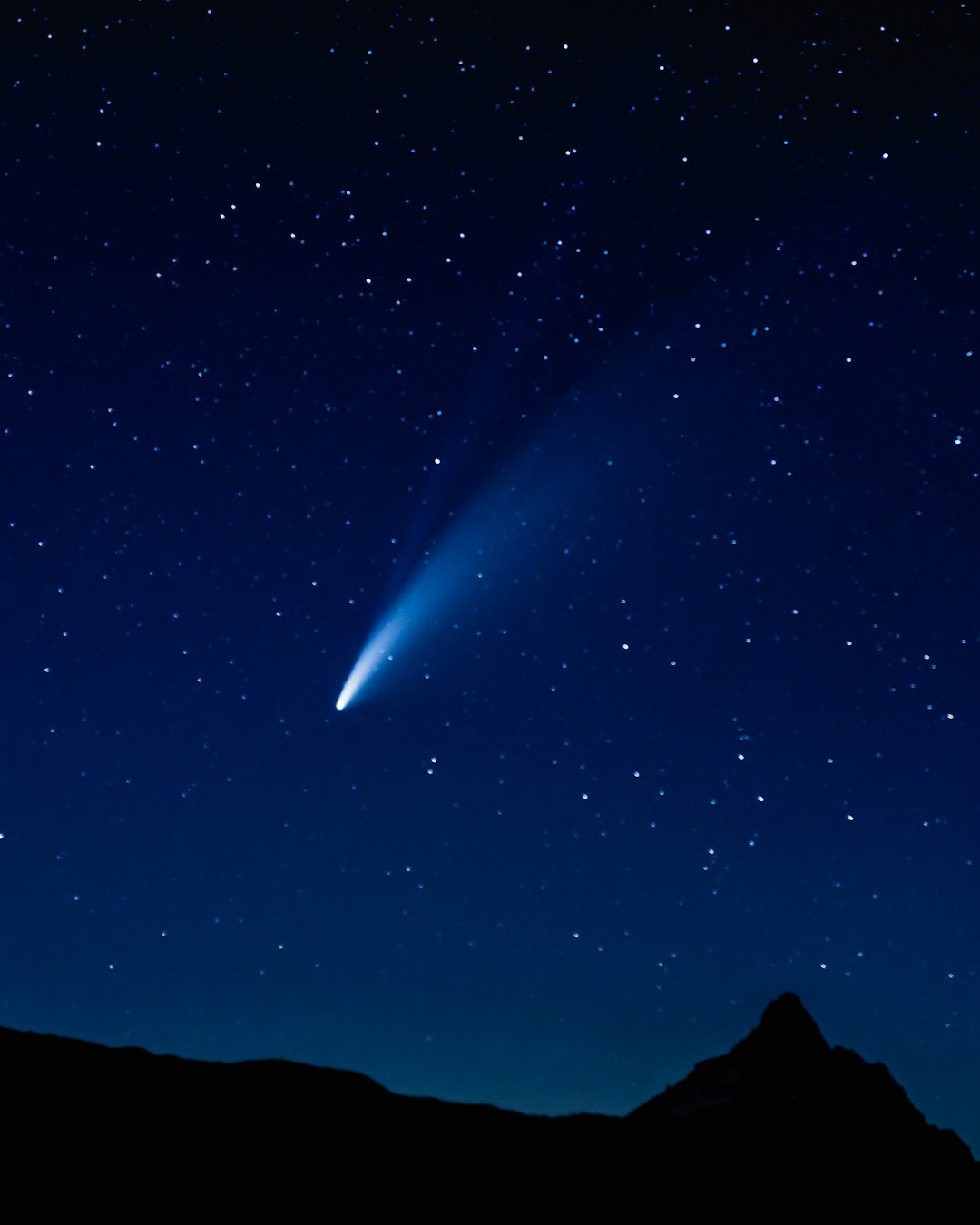
Impact stories are not confined to the Near East. Argentina’s Campo del Cielo iron fed toolmaking and trade among Indigenous groups; Greenland’s Cape York iron jump-started sophisticated metalworking far from smelters. Europe carries tektite jewels from the Moldavite fields, while Arabia preserves scarred sands in impact complexes that still shimmer under satellite eyes. Each case shows people turning cosmic leftovers into cultural currency.
Zooming out helps avoid tunnel vision. Civilizations rise where resources, climate, and social ingenuity align, and cosmic events are just one thread in this larger weave. Still, regional impacts can tip the balance – like pulling a single card that destabilizes a house already swaying in the wind. The global record suggests a repertoire of outcomes: disruption, adaptation, and, sometimes, surprising leaps forward.
Why It Matters

This question presses on two fronts: how we interpret the past and how we prepare for the future. Archaeology traditionally leans on slow drivers – river dynamics, trade routes, domestication, and statecraft – because they leave abundant traces. Impacts are the opposite: rare, intense, and messy, often erasing their own footprints. Recognizing their role, even in a minority of cases, prevents us from overfitting history to gentle slopes and forgetting the cliffs.
There’s also a practical edge. Planetary defense isn’t science fiction; it’s infrastructure for the only planet we can farm right now. Consider a few anchors: – Small city-shaking airbursts can occur within a human lifetime. – Roughly about sixty percent of near-Earth asteroids larger than a hundred meters may still be uncharted by current surveys. – Even short warning times – days to weeks – can reduce harm if communities know how to react. Understanding past impacts improves hazard models and, just as crucially, public trust when alarms sound.
The Future Landscape
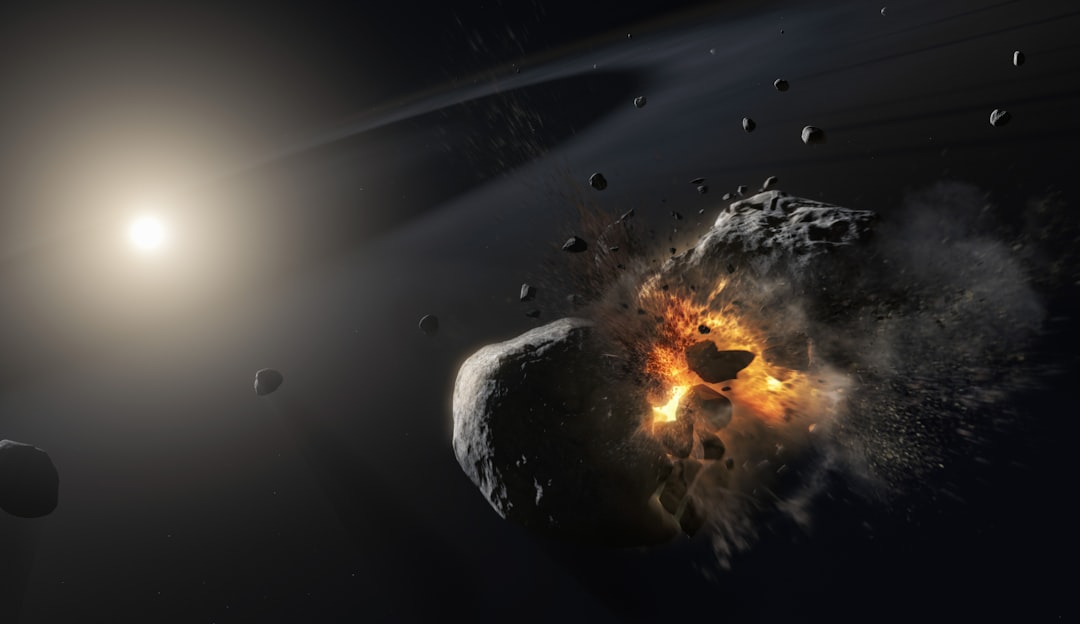
New eyes are coming online. Wide-field surveys from next-generation observatories will sweep the sky nightly, netting fast-moving objects that older programs missed. Dedicated space missions are mapping the orbits and shapes of near-Earth asteroids, while follow-ups refine sizes and impact probabilities. Kinetic impact tests have already demonstrated that deflection is not just theory, laying the groundwork for a playbook no one wants to use but everyone is relieved to have.
The path ahead blends technology with governance. Cities will fold impact scenarios into emergency planning alongside fires and quakes; heritage managers will assess how a single blast could threaten irreplaceable sites. Insurance models, building codes, and international coordination will slowly adapt. If our ancestors turned skyfall into tools and legends, our era’s task is simpler and harder: turn it into policy.
What You Can Do
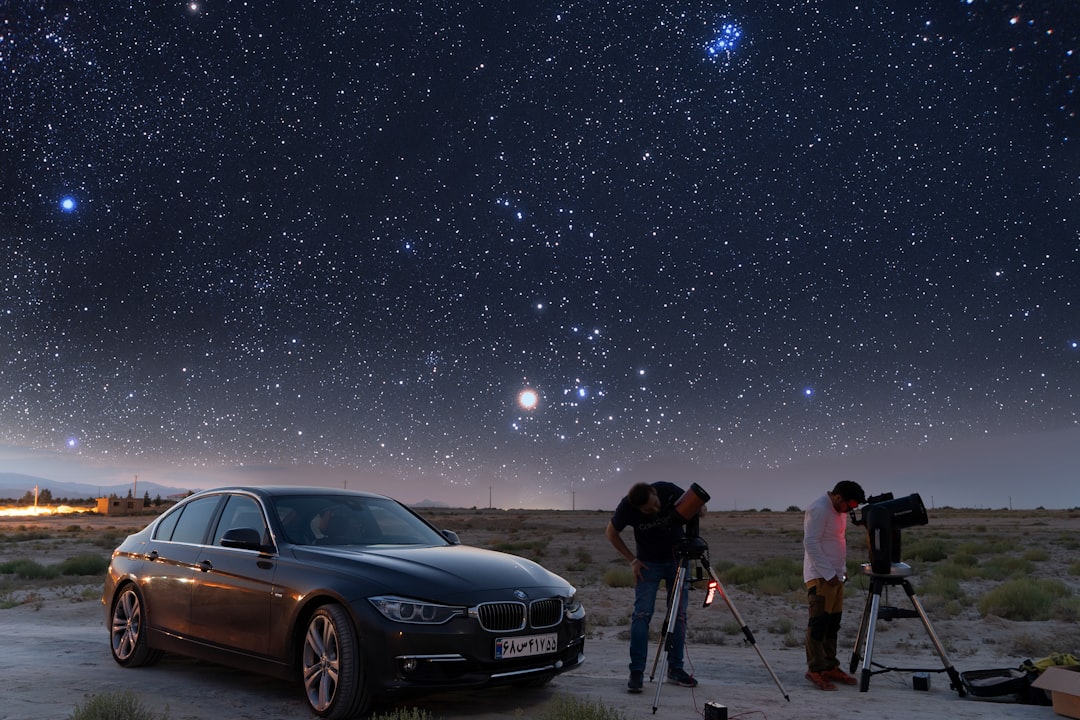
Stay curious, then get practical. Learn how official alerts work in your region, and treat impact warnings like severe weather notices – rare, but worth a plan. Support organizations that map the sky and safeguard artifacts, because the same research that finds hazards often protects history. Ask local schools and museums to host skywatch nights, where telescopes share time with discussions about risk and resilience.
Most of all, keep the story honest. Celebrate the awe without inflating the odds, and embrace uncertainty as a sign of a living science. When the evidence strengthens, adjust your view; when it weakens, let the idea go. That’s how we make sense of a past written in glass and fire – and how we prepare for the next chapter.

Suhail Ahmed is a passionate digital professional and nature enthusiast with over 8 years of experience in content strategy, SEO, web development, and digital operations. Alongside his freelance journey, Suhail actively contributes to nature and wildlife platforms like Discover Wildlife, where he channels his curiosity for the planet into engaging, educational storytelling.
With a strong background in managing digital ecosystems — from ecommerce stores and WordPress websites to social media and automation — Suhail merges technical precision with creative insight. His content reflects a rare balance: SEO-friendly yet deeply human, data-informed yet emotionally resonant.
Driven by a love for discovery and storytelling, Suhail believes in using digital platforms to amplify causes that matter — especially those protecting Earth’s biodiversity and inspiring sustainable living. Whether he’s managing online projects or crafting wildlife content, his goal remains the same: to inform, inspire, and leave a positive digital footprint.



